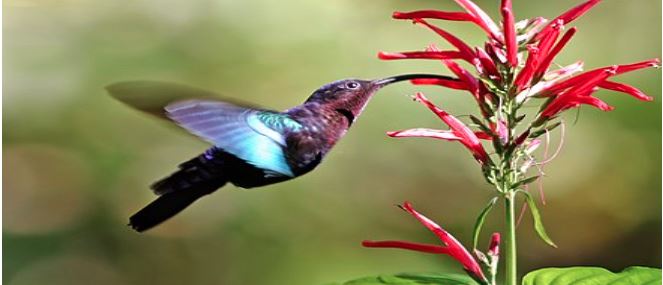Context
Researchers at the Institute of Himalayan Bioresource Technology, Palampur, Himachal Pradesh used ecological niche modeling strategies to examine the economically important spice, saffron.

About Saffron
- Crocus sativus, is a flowering plant, propagated through underground stems called corms.
- It grows best under Mediterranean climate
- According to latest reports, Iran grows nearly 90% of the worlds saffron.
- Uses: Adds flavour to food, helps in healing disorders of the nervous system, acts as an anti-depressant, and also shows anti-cancer
- India produces 5% of the world's saffron and historically, some of the world’s most prized saffron has been grown in old lake beds of Kashmir.
- Agro-climatic conditions: well-drained soil of high pH value (6.3 to 8.3), summer temperatures (when flowers develop) of around 25°C and good soil nutrient availability.
- Average national yield = 2.6 kg per hectare
About ecological niche
- An ecological niche is the right set of environmental conditions under which an animal or plant species will thrive.
- A range of ecological niches can occur within an ecosystem.
- Biodiversity is the result of these niches being occupied by species that are uniquely suited to them.
- Desert plants, for example, are suited for dry, arid ecological niches because they have the ability to store water in their leaves.
- Non-living, or abiotic factors like temperature, amount of available light, soil moisture also affect ecological niches.
- Due to Climate change, the ability of existing species to hold on to their biogeographic niches may be altered.
- Effect on Agriculture: Practices and crop choices that have worked well for centuries may no longer be ideal thereby affecting availability of food and nutrients, occurrence of predators and competing species.
About Ecological niche modeling
- Ecologists use niche information for conservation efforts as well as for future developments. However, ecological considerations may not correlate well with economic realities.
- To bridge these two viewpoints, ecological niche modeling can be used to examine economic feasibilities within the context of changing ecological scenarios.
- Ecological niche modeling is a predictive tool for identifying new possibilities. Like.
- New inhabitants for an existing habitat.
- New geographical locations where a desirable plant may grow well.
- The modeling involves the use of computer algorithms to compare data about the environment and to make forecasts about what would be ideal for a given ecological niche.
- Ecological niche models (ENMs) aim to recreate the relationships between species and the environments where they occur and allow us to identify unexplored areas in geography where these species might be present.